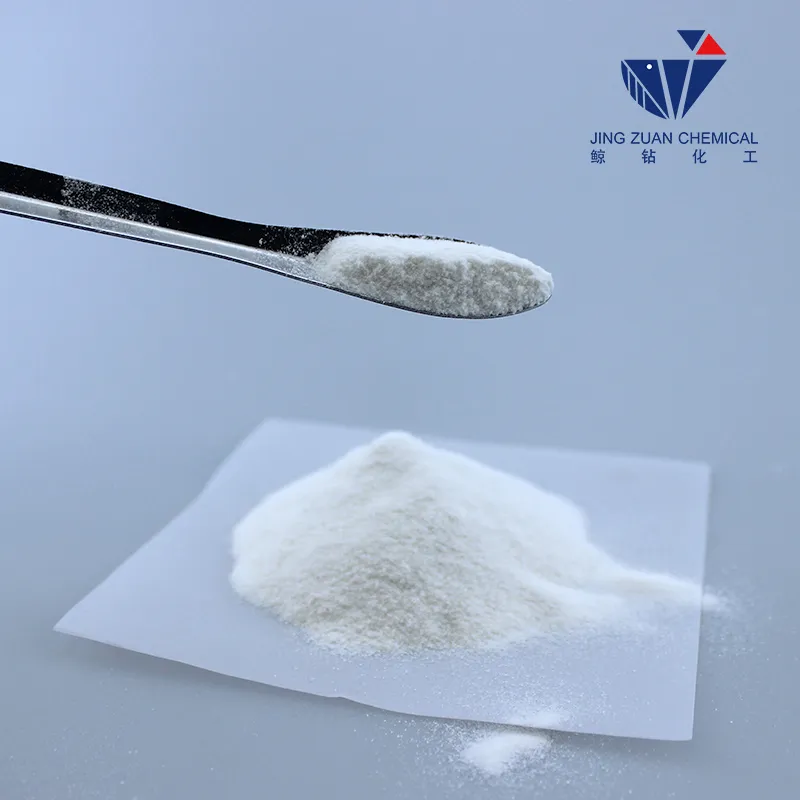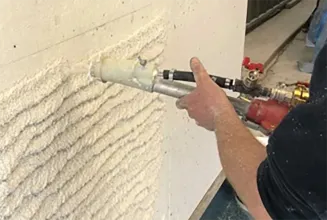
Fev . 14, 2025 11:28 Back to list
construction hpmc


Beyond physical application benefits, HPMC contributes significantly to the sustainability and environmental friendliness of construction projects. Being biodegradable and derived from renewable resources, it reduces the environmental footprint associated with synthetic, petroleum-based construction additives. Its use supports the industry's shift towards more sustainable building practices, aligning with global efforts to minimize ecological impacts. Research and development in the field of construction materials continue to expand the potential applications of HPMC. Recent studies indicate promising results in using HPMC to enhance insulation properties, highlighting a potential area for future innovation. Given its moisture management and barrier properties, ongoing research suggests that HPMC could play a pivotal role in creating more energy-efficient buildings by improving the thermal performance of construction elements. Builders and contractors are increasingly relying on HPMC to address common challenges in construction, thanks in part to its reliable performance backed by extensive scientific research. The compound's ability to integrate seamlessly into existing processes without requiring significant changes further drives its adoption across different construction projects, from residential homes to commercial enterprises. In summary, Hydroxypropyl Methylcellulose is more than a mere additive in the construction industry; it is a transformative agent that blends science with practical application to improve construction quality and efficiency. Its continued prominence within the sector is a testament to its indispensable role in advancing construction techniques, offering tangible benefits that are unlikely to be surpassed by other materials. As the construction industry evolves, the contribution of HPMC will undoubtedly remain a crucial element in shaping the future of building practices. Its unique combination of properties equates to enhanced durability, aesthetic appeal, and sustainability, underscoring the importance of its integration into modern construction methodologies.
-
Unlocking the Benefits of HPMC Products: A Gateway to Versatile Applications
NewsAug.07,2025
-
Unleashing the Potential of HPMC Ashland: A Comprehensive Look
NewsAug.07,2025
-
Tile Bonding Cellulose: The Key to Superior Adhesion and Durability
NewsAug.07,2025
-
Hydroxypropyl Methylcellulose Powder: The Versatile Component in Modern Pharmaceuticals
NewsAug.07,2025
-
Hydroxyethyl Cellulose: The Versatile Solution for Various Industries
NewsAug.07,2025
-
Hydroxyethyl Cellulose (HEC): The Versatile Polymer for Various Applications
NewsAug.07,2025







